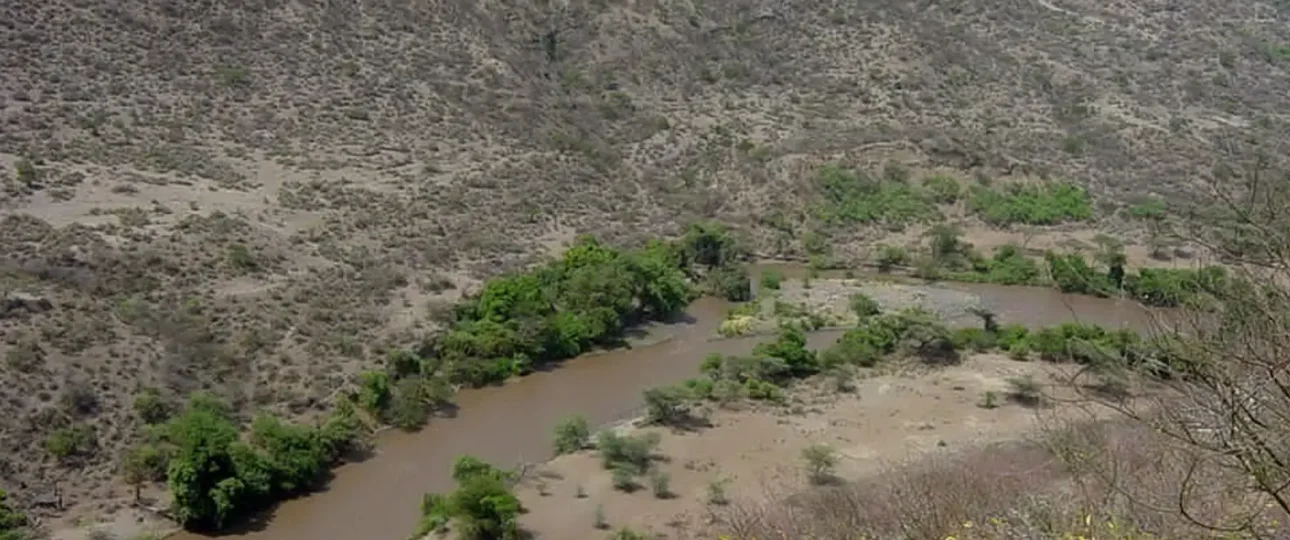Lower Awash Valley
The Awash valley contains one of the most important groupings of palaeontological sites on the African continent. The remains found at the site, the oldest of which date back at least 4 million years, provide evidence of human evolution which has modified our conception of the history of humankind. The most spectacular discovery came in 1974, when 52 fragments of a skeleton enabled the famous Lucy to be reconstructed.
The Lower Valley of the Awash is located at the extreme north-eastern end of Africa’s Great Rift Valley, near Ethiopia’s border with Djibouti. It includes one of the most important groups of palaeontological sites on the African continent, where excavations since 1973 have revealed a wealth of hominid (and other animal) fossils dating back 4 million years, which have changed our view of human evolution.
The most spectacular discovery was made in 1974 when 52 fragments of a small hominid enabled the reconstruction of the famous Lucy, an adult female of the species Australopithecus afarensis. At 3.2 million years old, Lucy provided the earliest record of one of our hominid ancestors walking on two feet. Although the dig sites are not open to the public, fundraising for a new interpretive centre was completed in early 2011, and this will be built in the town of Eloaha, 30 km from the main Hadar excavation

